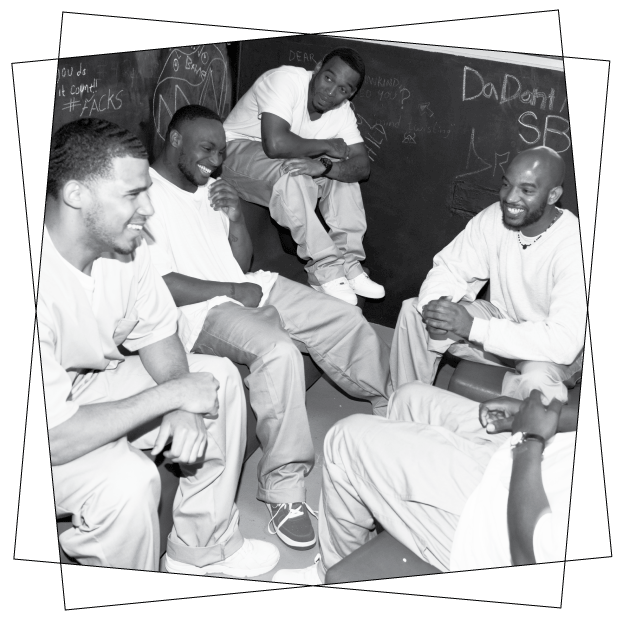
From the President
Dear Friends,
Last year, I wrote that we are living in a paradoxical moment, replete with immense challenge and big opportunities. 2019 proved no different. Assaults on justice and human dignity have continued to escalate, and the rhetoric of hate and division has not subsided. With growing urgency, we see our nation’s highest values—justice, dignity, and the rule of law—at risk.
At the same time, we’re seeing an escalation in calls for our nation to end its decades-long experiment in harsh punishment, racial injustice, and unfairness. Regular Americans and government leaders—of all political persuasions—are embracing the belief that we must radically reduce the breadth and depth of our criminal justice system if we are to be sincere in our proclamation of equal justice under the law.
Here at Vera, we understand that this groundswell of support has not developed in a vacuum. It is the result of tireless work by advocates, activists, reformers, and government leaders who believe that we can—and must—reimagine our justice system to be rooted in human dignity. This is why, for more than 60 years, we have worked from the ground up to build partnerships and test bold solutions to make this vision of justice a reality.
The need to bring solutions to scale has never been more urgent—and Vera is rising to the occasion. Across the nation, we are building movements to ensure equal justice for all that are grounded in the knowledge and experience of what works. We’re partnering with state and local governments to radically transform conditions of confinement for young adults—mostly young men of color—to embrace healing, restoration, and mentorship instead of punishment and retribution. We’re working to ensure that all incarcerated people have access to postsecondary education so that they can restore their lives and improve their ability to provide for themselves and their families. We’re empowering reform-minded prosecutors to take major steps towards implementing a more fair administration of the law. And we’re creating a network of jurisdictions that are committed to ensuring their immigrant communities are protected and safe—and that everyone detained and facing deportation has access to a lawyer.
The challenges we face today are likely to continue. But I am immensely hopeful that the foundations of reform being laid across this country—in rural towns and large cities, in blue states and red states—will only strengthen and accelerate our momentum for change.
This progress would not be possible without the tireless work and dedication of our staff, as well as our supporters, and I am eternally grateful to all of you. It is because of you that we are able to do this work, not only envisioning—but implementing that vision—of a humane and significantly smaller justice system.
Thank you,

Nicholas Turner
President and Director
Vera Institute of Justice











































